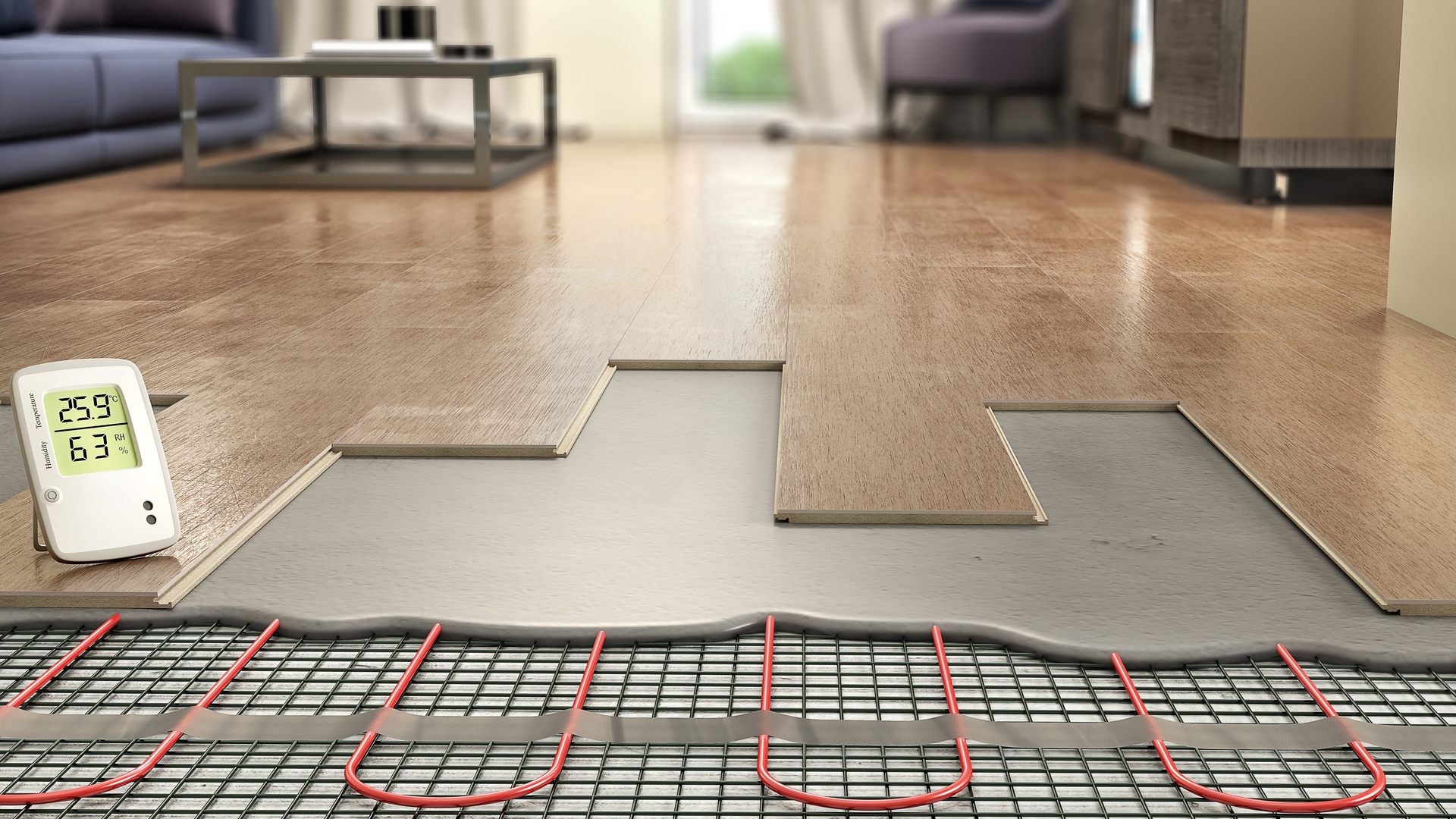5 Tips for Heating a Basement – How to Warm up a Basement?
One way of increasing the living space in your home is to renovate your basement. Basement renovations are often less expensive to perform compared to extensions and adding rooms above ground. However, basements don’t tend to have any heating systems so you will need to decide your basement heating options and learn how to warm up a basement all year round.
Underfloor heating has become a very popular way of heating homes and basements and is an ideal solution for heating a basement, especially through the winter months.
Reasons Why Underfloor Heating is the Best Solution for Basements
If your basement has been used mainly for storage, you’ll find that structurally it is good, it will have exterior walls, windows and doors, but it is unlikely that there is a heating system in place. Before your basement can be utilised as extra living space it needs to be insulated and have some sort of heating. Heating a basement efficiently needs a reliable, energy-efficient heating solution. The best candidates for your basement heating options are either a water or an electric underfloor heating system.
Underfloor heating systems are quiet, energy efficient and provide a clean way of keeping a warm basement. There is a range of electrical systems that are quick to install and cheap to run. There are also water floor heaters that are not as quick to install but have even cheaper long-term running costs.
Underfloor heating systems are easy to install, and cost-effective to purchasers other benefits include:
Low Long-Term Costs
Underfloor heating systems, heat up quickly heating a basement evenly so in no time you have a warm basement. They use less energy in comparison to traditional heating methods. The system is separate from any heating system that you have in the rest of your home, so you are not wasting money heating rooms that are not occupied. Over the long term, you will see a reduction in your energy bills.
Quick And Easy To Install
As already mentioned floor heating systems are cost-effective to buy and quick and simple to install.
Extremely Low Maintenance
Once you have an underfloor heating system installed heating your basement, the maintenance it needs is next to nothing. The heating systems will come with extended warranties so you can rest assured you are covered if anything goes wrong.
Independent Control
In some under-the-floor heating systems, the system can be set to manage itself, it will turn on at a specific time, maybe when you get home from work, and it will provide the perfect temperature that you set and maintain that temperature until you change it.

5 Tips for Keeping a Basement Warm
While you’re renovating, some basic measures need to be taken so that your basement is insulated, otherwise, your warm basement will lose all the heat it has through the walls. Insulating your basement will ensure that the heat from the heating system will stay within the walls.
1. Add Insulation
Basements that have not been insulated cannot retain heat, it escapes through the floor and the walls to the outside. The average temperature underground is no more than 13 degrees ‘celsius and heat from a heating system will rise and go through the ceiling or be wasted going through the walls. So before you implement any of the basement heating options, the ceiling, walls and floor all need to be insulated. Elevating the floor can also help with insulation.
2. Be Careful With Space Heaters
Don’t use gas heaters in your basement, the lack of ventilation means that the poisonous carbon monoxide that gas fires produce will not be able to escape causing carbon monoxide poisoning. Electric space heaters, panel heaters and radiators are good basement floor heating options. Infrared heating panels convert energy into thermal radiation which directly heats objects, and is a good option for floor-heating basement systems.
3. Try a Fireplace
If your property has a chimney, an open fireplace, or wood burning stove are also options. Fireplaces give rooms an attractive and cosy aesthetic even when they’re not being actively used.
4. Dehumidify
The majority of basements do not have ventilation so when the weather is humid during the summer they can become very humid and uncomfortable. Using dehumidifiers will relieve the stuffiness of the basement.
5. Install a Mini Split
A popular method of heating and cooling that homeowners use is ductless mini-split HVAC units. These heating and cooling units are independent of any other systems present in the house. So, you don’t need to add extra pipes and plumbing to your basement, which reduces renovation costs. They are however better for cooling purposes than heating, so you may still need to add additional heating if you live in an area with particularly cold winters.
